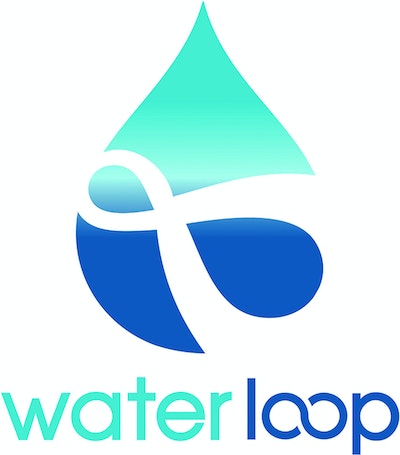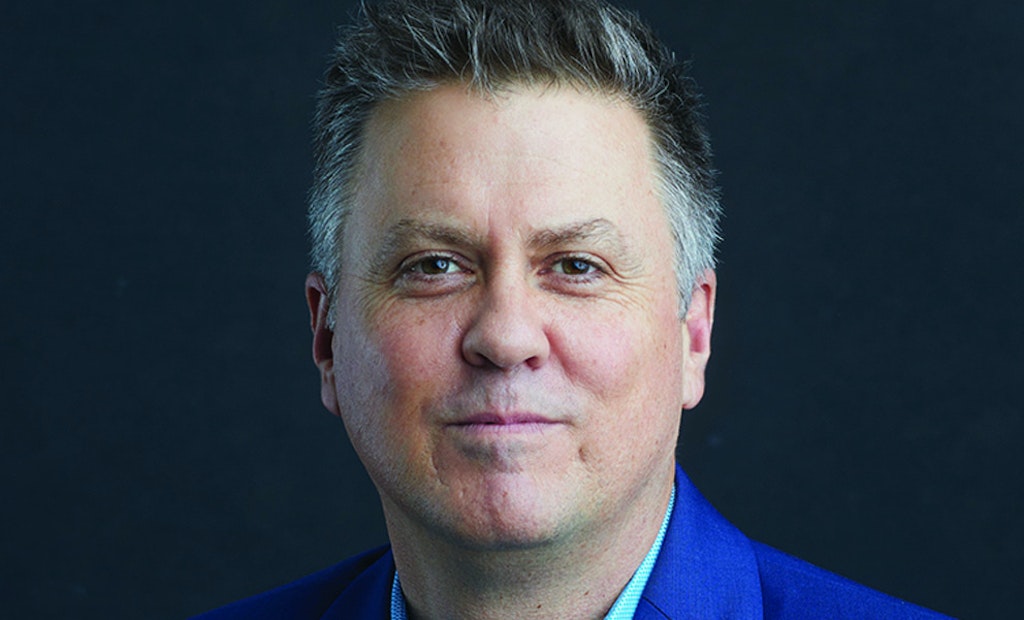For six years ending last December Travis Loop directed communications for the Water Environment Federation.
Since then he has devoted full time to waterloop, his three-year-old nonprofit media outlet focused on exploring solutions for water sustainability and equity. It takes a broad view of the water issues and challenges facing the United States.
Through podcasts, videos and social media messages, waterloop spotlights the people and projects responsible for advancements and successes in the water sphere. Taken together, the material helps readers, listeners and viewers become more knowledgeable leaders and creators of positive change.
The coverage of water extends far beyond the utility sphere. Drinking water and wastewater operators who access waterloop can learn about water issues in all their diversity and complexity, and see how their roles fit in with larger initiatives to ensure reliable and safe water supplies and healthy water environments.
Beyond featuring water sector leaders and experts, waterloop provides a platform for emerging leaders, and for diverse voices that historically have been under-represented. Loop talked about his venture in an interview with Treatment Plant Operator.
TPO: What is the origin of your attraction to and interest in water?
Loop: I grew up as a competitive swimmer. I got into surfing and paddling. Just being around the water has always been my thing. I had a background as a journalist before I did water communications. I feel grateful that my professional and personal interests are so aligned.
TPO: What kinds of positions did you hold before devoting all your energy to waterloop?
Loop: I was a newspaper guy from 2000 until 2008, when I became public affairs director for U.S. EPA’s Chesapeake Bay Program. After that I was director of communications for the EPA Office of Water in Washington, D.C. for six years. Then I moved over to WEF as their communications director for almost six years.
TPO: What inspired you to create waterloop?
Loop: I got frustrated with so much coverage of water being negative, being about the latest crisis, the latest problem, doom and gloom. It’s important to be educated about all that, but I knew solutions were out there. Positive things are happening and progress is being made. I want to explore that side of things and share the developments, the ways we can tackle the challenges. I’ve always wanted to have my own channel or platform. I’d been thinking about it for a long time. I reserved the waterloop Twitter (now known as X) handle back in 2013.
TPO: How do you envision waterloop having an impact on the water sector?
Loop: It’s focused on solutions, spotlighting the people and projects that are making a positive difference. It’s helping to share those stories so others can learn from and copy them. There’s no need to reinvent the wheel in terms of, for example, how to clean up a lake or deploy a new technology. Let’s learn from people who have done it successfully, and let’s emulate them. I hope the content on waterloop gives people encouragement and helps them share successes and solutions.
TPO: How broadly are you covering the world of water?
Loop: The coverage has turned out to be quite diverse. It branches out far beyond the utility space. The topics include environmental cleanups, the health of our waterways, environmental justice, drinking water quality, climate adaptation, infrastructure and technology. I’ve been doing some traveling around the country, seeing things firsthand. I’ve produced stories about issues around the Great Lakes, the Mississippi River, the Colorado River basin, the Gulf of Mexico, and the Central Valley of California.
TPO: What does your audience look like? Who is making use of your material?
Loop: It’s a broad cross section that includes people who work at utilities, at all levels of government, in engineering firms and technology companies, in industry associations and environmental groups. It also reaches people who are just generally involved with and interested in water.
TPO: How do you get the word out so that people are aware of waterloop?
Loop: Social media is the big vehicle. I’m on all the major platforms, including the new one called Threads. It’s about being active and engaged on social media and sharing the content there. People who want the full podcast episode or video can dive in from there.
TPO: How would you describe the size of your audience so far?
Loop: I’m getting about 50,000 views per month on my videos, and I have about 40,000 followers across my social media accounts. Overall impressions on social media each month are about 100,000. There are listeners in all 50 states, and the audience is about 20% international. A lot of people are paying attention to what’s going on with water here in the U.S.
TPO: Where does financial support for your venture come from?
Loop: I’m grateful to have supporters that include foundations and private companies interested in seeing water topics and water solutions gain more visibility. I did a series on PFAS in North Carolina’s Cape Fear River and another on lead water service line replacement, and in both cases companies were interested in being part of that content. As I cover certain issues and feature specific parts of the country, there are organizations that see opportunities to gain visibility by being sponsors.
TPO: What can professionals such as managers and operators of water and wastewater treatment plants gain from following waterloop?
Loop: I know they have a lot of great content sources available to them, including your magazine. But in looking through the podcast episodes they’ll see that there’s a bit of something for everyone. I know that operators are water people at heart. Surely they can find something that connects with them, that gives them a different angle on their work than they might get from other channels. They are a part of a much larger system: the greater water cycle, the water sustainability picture. It can be informative and motivational to learn about things that are happening in other parts of the water world. Different perspectives are good things to tune into.
TPO: How do you evaluate whether and how much waterloop is making a difference?
Loop: There are a few ways, and they are mostly anecdotal. As I go to meetings and conferences and travel, I have people tell me, ‘Yes, I follow the waterloop and I see your material.’ People telling me that in person means a lot. And then I hear more from people who are learning things from the episodes, and tell me that or tell others. They may get something from an episode and use it in their work. Or they reach out to me and say, ‘Hey I want to talk to that guest you had on. Can you put me in touch?’”
TPO: Where do you see waterloop going in the next several years?
Loop: Being in a startup mode, I’m just hoping to continue making a living at this and expanding the content I provide, not from behind a computer but by being next to water people and water projects. I want to expand the real-world coverage of solutions. There are a lot of channels and a lot of content out there. I don’t feel competitive — I feel collaborative. There is so much happening with water, so many people to talk to, and so many success stories, that there’s enough to go around for us all. I’m just excited to be part of the water media ecosystem.







